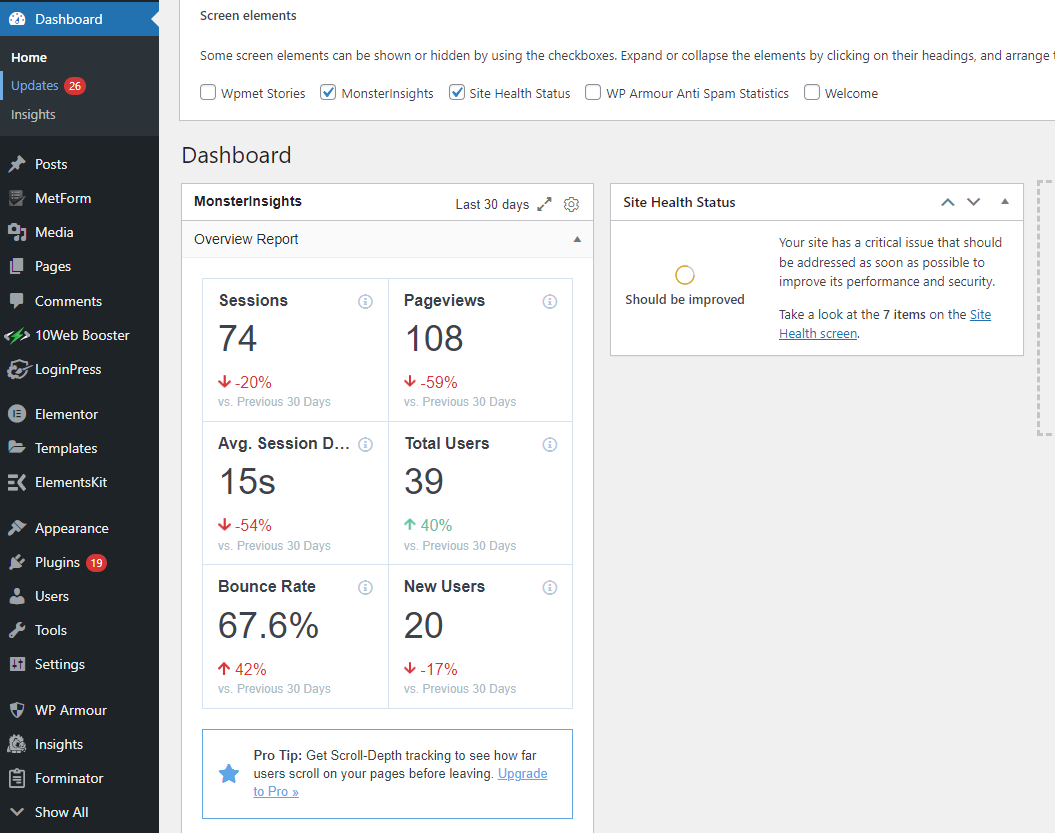In today’s digital world, websites are crucial for businesses, personal branding, and information sharing. However, the increasing threat of cyber attacks makes it essential to secure these online assets. Hackers are constantly on the lookout for vulnerabilities in unprotected websites, which they exploit to steal data, deface websites, or launch further attacks. This article will delve into how hackers target unprotected websites and what you can do to protect your website from these threats.
Understanding Website Vulnerabilities
Websites can have numerous vulnerabilities that hackers exploit. Common weaknesses include outdated software, weak passwords, and inadequate security configurations. For instance, a website that hasn’t been updated with the latest security patches is a prime target for cybercriminals. Similarly, using default passwords or simple passwords can provide an easy entry point for attackers.
How Hackers Exploit Vulnerabilities
Hackers use various methods to exploit website vulnerabilities. They might deploy automated tools to scan for weaknesses or manually probe sites for specific flaws. Once a vulnerability is found, they can inject malicious code, steal sensitive information, or take control of the website. For example, the Equifax data breach in 2017, which exposed the personal information of millions, was due to an unpatched vulnerability.
Types of Cyber Attacks on Websites
SQL Injection
SQL Injection is a common attack where hackers inject malicious SQL code into a website’s input fields to manipulate the database. This can lead to unauthorized access to sensitive data or even complete control of the database.
SQL Injection attacks occur when attackers insert malicious SQL queries into input fields, such as login forms. These queries can manipulate the database, allowing attackers to retrieve, alter, or delete data. For example, an attacker might input ‘ OR ‘1’=’1 into a login form, tricking the database into granting access without valid credentials.
Cross-Site Scripting (XSS)
Cross-Site Scripting involves injecting malicious scripts into webpages viewed by other users. This can result in data theft, session hijacking, and other malicious activities.
XSS attacks involve injecting malicious scripts into webpages. When users visit these pages, the scripts execute in their browsers, potentially stealing cookies, session tokens, or other sensitive data. A classic example is a comment section on a blog where attackers post malicious scripts disguised as regular comments.
Distributed Denial of Service (DDoS)
DDoS attacks aim to overwhelm a website with traffic, causing it to crash or become inaccessible. This can disrupt business operations and cause significant financial losses.
DDoS attacks flood a website with excessive traffic, making it unavailable to legitimate users. Attackers often use botnets—networks of compromised computers—to generate the massive traffic required for such attacks. In 2016, the Dyn DNS provider was hit by a massive DDoS attack, disrupting major websites like Twitter, Spotify, and Reddit.
Malware Injection
Malware Injection involves embedding malicious software into a website. This malware can steal data, deface the site, or spread to visitors’ devices.
Malware Injection involves embedding harmful code into a website’s files. This code can steal information, redirect visitors to malicious sites, or create backdoors for further attacks. One infamous example is the Magento website hack, where attackers injected credit card skimming malware into thousands of online stores.
The Impact of a Website Hack
The consequences of a website hack can be devastating. Businesses may face significant financial losses due to downtime, data breaches, and loss of customer trust. For instance, a hacked e-commerce site might lose revenue due to downtime and suffer from a damaged reputation, leading to a decline in customer loyalty and sales.
Basic Steps to Secure Your Website
Securing your website begins with some fundamental steps:
- Regular updates and patches: Ensure your website software, plugins, and themes are always up-to-date.
- Strong passwords and authentication: Use complex passwords and enable two-factor authentication (2FA).
- Secure hosting services: Choose reputable hosting providers with robust security measures.
Advanced Website Security Measures
For enhanced security, consider the following:
- Web Application Firewalls (WAF): These protect your site from malicious traffic by filtering and monitoring HTTP requests.
- Security plugins and tools: Utilize tools like Wordfence for WordPress or Sucuri to add extra layers of security.
- Regular security audits: Conduct thorough security assessments to identify and address potential vulnerabilities.
Implementing HTTPS
HTTPS encrypts data transferred between the user’s browser and your website, protecting it from interception. Implementing HTTPS is straightforward:
- Obtain an SSL certificate from a trusted Certificate Authority (CA).
- Install the certificate on your web server.
- Update your website to use HTTPS instead of HTTP.
Backup and Recovery Plans
Regular backups are crucial for recovery in case of a hack. Set up automated backups to ensure you always have a recent copy of your website. Store backups in multiple locations and test your recovery process to ensure it works effectively.
Conclusion
Website security is not a one-time task but an ongoing process. By understanding the threats and implementing robust security measures, you can protect your website from hackers and ensure your online presence remains secure. Regular updates, strong passwords, secure hosting, and educating your team are just the beginning. Stay vigilant and proactive to keep your website safe.
Article by: Julz Comendador
Founder of JC Webdesignph










